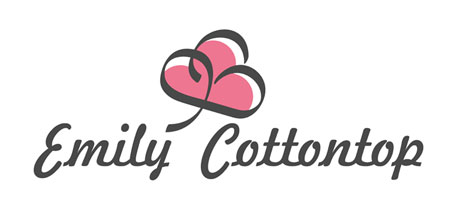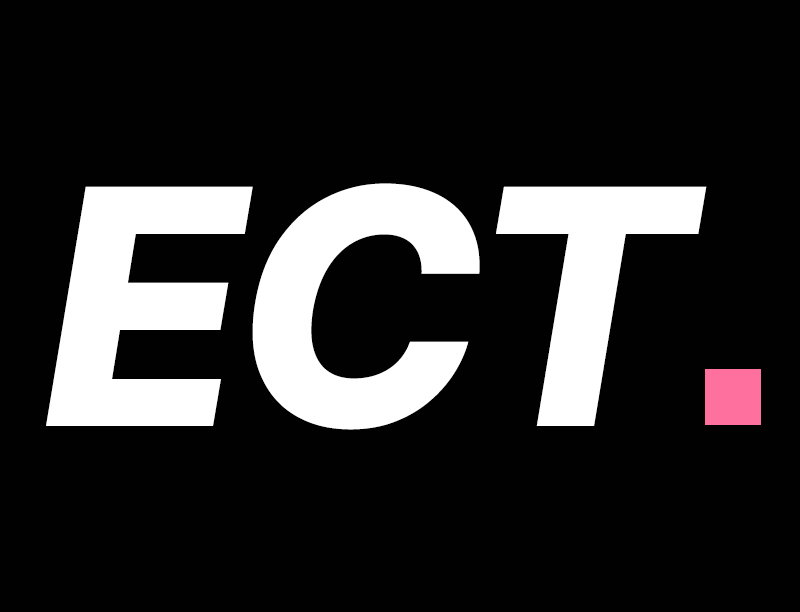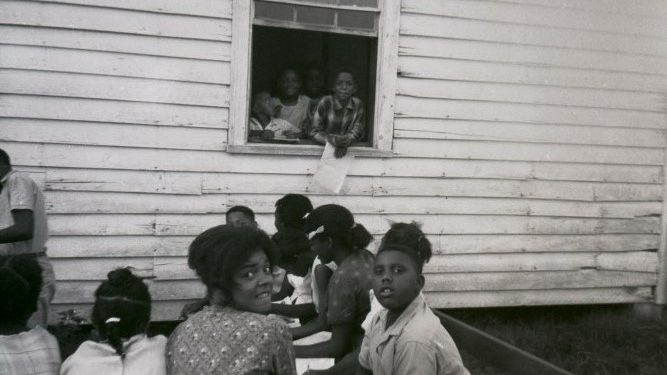I remember the first time I stepped into the Schomburg Center for Research in Black Culture in Harlem, NY. I was in the 6th grade to complete a ten-page report about The Civil Rights Movement. I looked in awe walking up and down the halls of this magnificent home of history. Not just the Encyclopedia Britannica history, but black history. It was fitting to come back to my original oasis of black knowledge when reviewing “The Freedom Schools” by Jon N. Hale.
There is a wealth of knowledge between these pages that have surpassed the average conversation about that time. It far extends past the summers of 1964 and 1965 in Mississippi in which these schools took place. Even so, the details surrounding the schools answering the most needed questions of who, what, where and why are all meticulously answered. It provides the back story, the beyond story, the need and reason for the schools in the first place.

Extensively explaining how the term “Freedom School” did not originate in Mississippi or in 1964 but adapted from previous movements and demonstrations in other states as early as Reconstruction. Coupled with historic photos and direct quotes from teachers and students, it allows for an intimate view of life during the monumental summer.
The five-week school program serviced close to 1,825 students in 39 different areas and cities in Mississippi. A much larger number than what was to be expected. The black and white, 250-volunteer, teacher and college students from far and wide, were brought into educate the kindergarten through 12th graders in various areas of studies. Subjects included mathematics, politics, history (black history) and science (astronomy, biology, physics and chemistry). In addition to these studies, there were also lessons on protecting themselves during racist attacks (for both teachers and students), the importance of voting, voter registration laws and speaking foreign languages.
Children and teens who were caught by authorities participating in Civil Rights Movement demonstrations were most likely to be arrested, held without bail and held from parents for an undisclosed amount of time. If they refused to sign a statement from further involvement in the Civil Rights Movement, for example voter registration attempts, they were expelled from school and parents faced being terminated at their place of employment.
The Freedom Schools were a direct counteraction for the ever growing populous who were no longer being educated. In many cases, the students who attended these schools were children of entrepreneurs and had direct ties to Civil Rights Organizations. For a student to be allowed to attend the Freedom Schools, they had to have consent and support of their guardians.
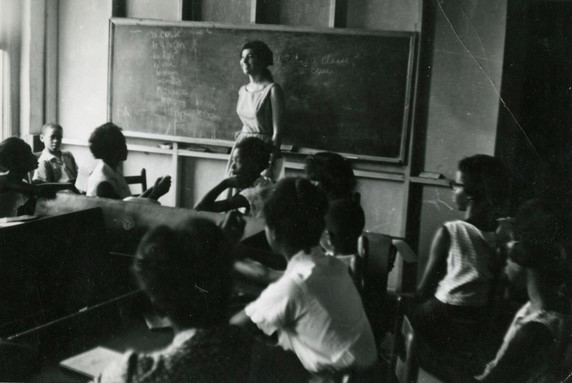
The consequences for Mississippi teachers who were found to be involved in the movement were just as extensive. At a minimum, they were banned from teaching. In other and more violent cases, their homes were destroyed or could possibly faced death. Even with these looming consequences, The Freedom Schools continued to plan as well as execute into a successful legendary program.
Founded by the collective efforts of the Student Nonviolent Coordinating Committee (SNCC) and assistance from the National Association for the Advancement of Colored People (NAACP), National Council of Churches (NCC) and multiple other organizations, privately owned businesses and individuals. Opposite of traditional schools, The Freedom Schools didn’t operate out of school houses. Instead, students were educated in local churches, community centers and private homes.
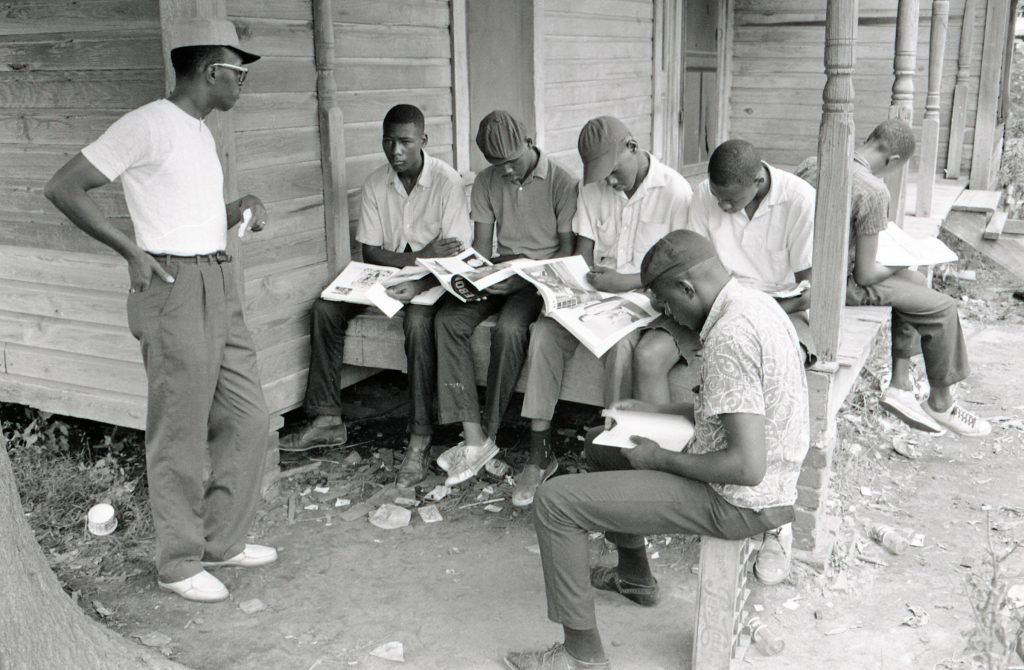
This made room for unconventional learning techniques without being under the stifled and lackluster umbrella of the Mississippi school system. One major difference between the standard school and Freedom Schools is the students chose to attend.
There was a need and hunger to learn from the poor youth who attended the program. It was the community that collaborated to house The Freedom School’s teachers from out of town risking their own lives and liberties in the process. It is fair to say that all who participated in The Freedom Schools were and are activists, children and adults alike.
“Someone has opened our eyes to freedom and we will walk in the light of freedom until we achieve the victory.”
Bossie Mae Harring, Freedom School Student in Drew, Mississippi
There is a plethora of information about the urgent need and cause The Freedom Schools fulfilled. Students that attended the classes during the Freedom Summer of 1964 and 1965 went on to deepen their stake and involvement in the Civil Rights Movement. The teachers also furthered their awareness and involvement.
While we are preparing for the back to school routines in the coming weeks, let us not forget the strides that were made for us in the process to get this far. Also, we must acknowledge the we still have much further to go.
Book: “The Freedom Schools” by Jon N. Hale
Contribution: Cyrene’s Reading Corner
Writer: Cyrene Renee, Author, Poet and Playwright
Cyrene Renee is an author, writer, model and poet from New York where she currently resides. Since January 2017, she has published four books “Call Me Queen,” “A Goddess Dreams,” “Indigo” and most recently “Blush.” In addition to her books, she is also a playwright and produced two stage plays “Call Me Queen” a one woman show and “I don’t think I do.”
